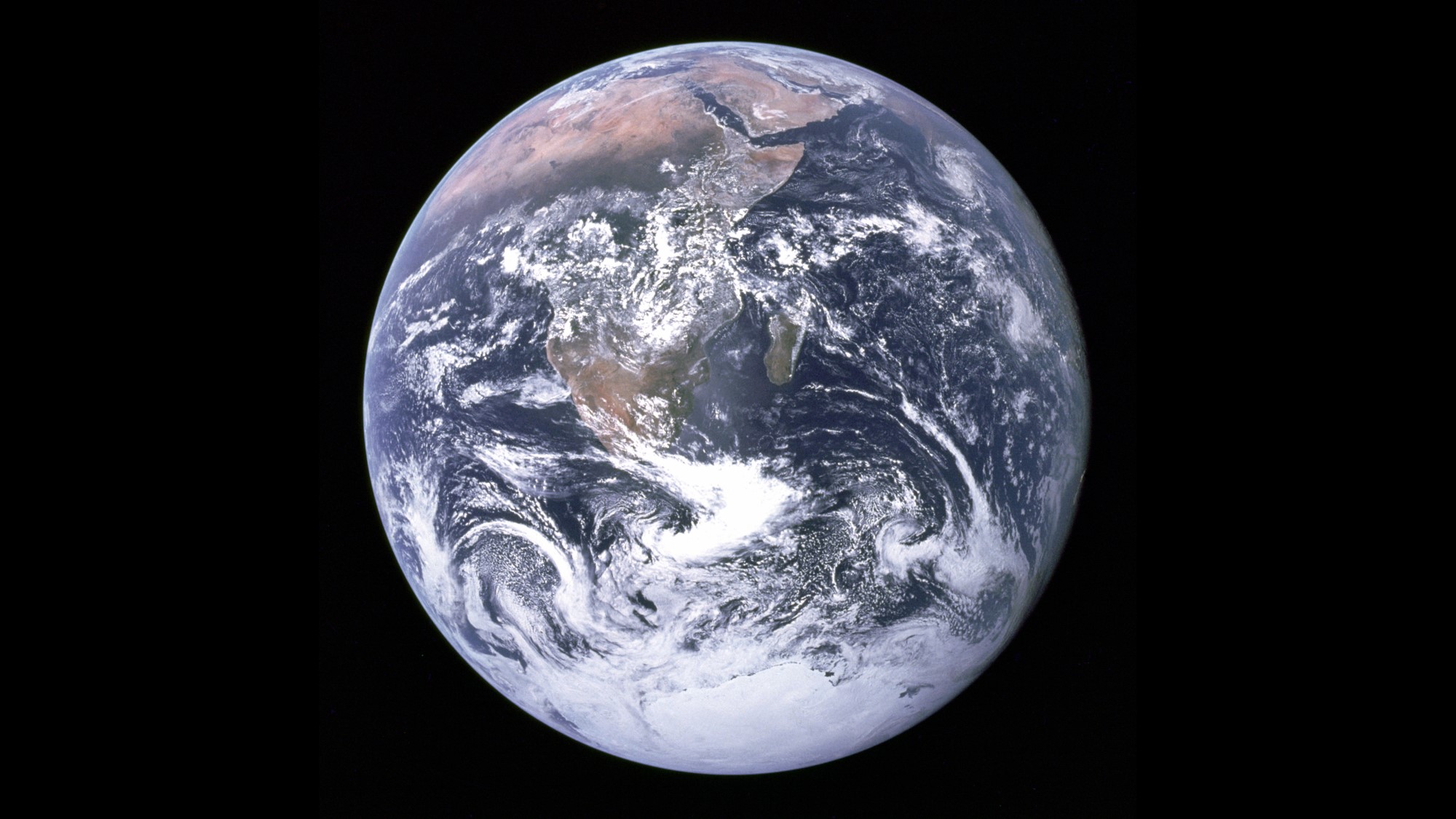
For the first time, the space agencies of the U.S. and India are cooperating to develop the hardware for an Earth-observing mission.
NASA and the Indian Space Research Organisation (ISRO) are putting the finishing touches on the NASA-ISRO Synthetic Aperture Radar (NISAR) satellite.
After it launches in 2024, NISAR will continually scan Earth's surface with radar. One of its key goals is to track how our planet's landscapes change over time.
Related: Climate change may be changing the color of Earth's oceans
Every 12 days, NISAR will scan all of Earth's land and ice surfaces twice over. The satellite contains two different synthetic aperture radar (SAR) systems, each one observing Earth with a different set of wavelengths. NASA is developing one, the L-band SAR, whereas ISRO is developing the S-band SAR, which scans with shorter-wavelength radio waves.
"The radar technology on NISAR will allow us to get a sweeping perspective of the planet in space and time," said Paul Rosen, NISAR project scientist at NASA's Jet Propulsion Laboratory in Southern California. "It can give us a really reliable view of exactly how Earth's land and ice are changing."
In particular, NISAR will focus on Earth's forests and wetlands. Climate scientists are especially interested in both types of ecosystems, because forests and wetlands serve as vital carbon sinks, hoarding carbon that might otherwise float in the atmosphere as carbon dioxide and other greenhouse gases.
Breaking space news, the latest updates on rocket launches, skywatching events and more!
But as farmers burn forests to clear new farmland or as cities expand into wetlands, and as both land types shrink in area, we reduce the amount of carbon dioxide they can store. Land use changes like this account for about 11% of our carbon emissions, scientists say.
"Globally, we do not understand well the carbon sources and sinks from terrestrial ecosystems, particularly from forests," said Anup Das, an ecosystems scientist and co-lead of ISRO's NISAR science team. "So we expect that NISAR will greatly help address that."
NISAR is set to launch from early 2024 from ISRO's Satish Dhawan Space Center in southern India.
Join our Space Forums to keep talking space on the latest missions, night sky and more! And if you have a news tip, correction or comment, let us know at: community@space.com.

Rahul Rao is a graduate of New York University's SHERP and a freelance science writer, regularly covering physics, space, and infrastructure. His work has appeared in Gizmodo, Popular Science, Inverse, IEEE Spectrum, and Continuum. He enjoys riding trains for fun, and he has seen every surviving episode of Doctor Who. He holds a masters degree in science writing from New York University's Science, Health and Environmental Reporting Program (SHERP) and earned a bachelors degree from Vanderbilt University, where he studied English and physics.
